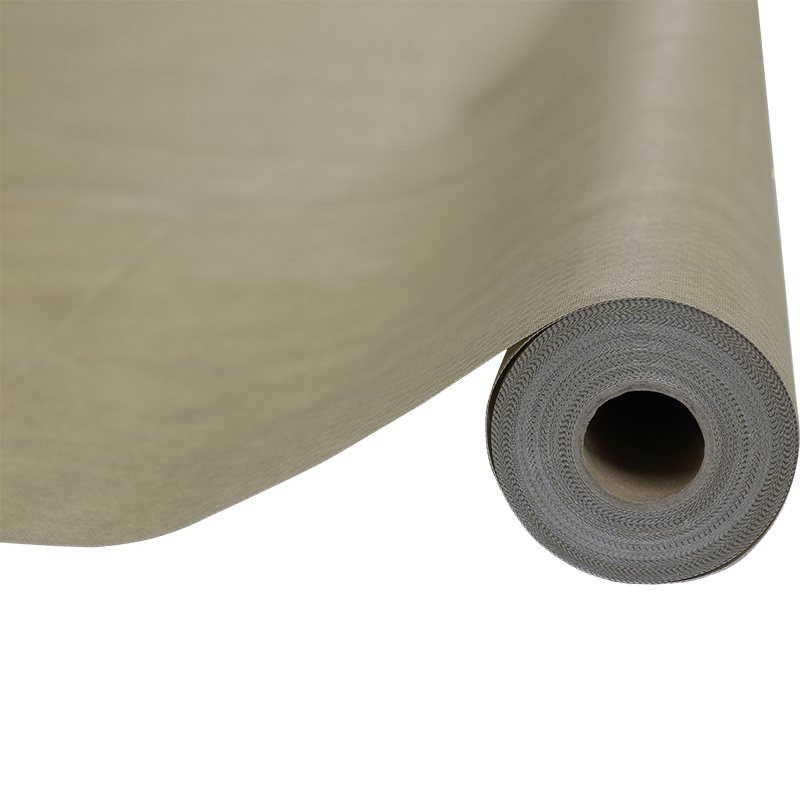Waterproof Breathable Membrane (WBM) microscopic pores play a crucial role in the functionality of these membranes. These microscopic pores are responsible for allowing moisture vapor to escape from the enclosed space while blocking the passage of liquid water. Here are some key characteristics of the microscopic pores in waterproof breathable membranes:
Size: The size of the microscopic pores in a WBM is carefully engineered to be smaller than the size of liquid water droplets but larger than the size of water vapor molecules. This size difference is essential for achieving the waterproof and breathable properties of the membrane. Typically, the pores are in the nanometer to micrometer range.
Waterproofness: The primary function of these pores is to block the entry of liquid water. The size of the pores is such that it prevents water molecules, in their liquid form, from passing through the membrane. This ensures that the user remains dry in wet conditions, such as rain or snow.
Breathability: Despite being impermeable to liquid water, the pores are large enough to allow the passage of water vapor molecules. This enables moisture generated by the body, in the form of sweat, to escape through the membrane. Breathability is essential for maintaining comfort and preventing the buildup of moisture inside clothing or gear.
Microstructure: The arrangement and structure of these microscopic pores can vary between different types of waterproof breathable membranes. For example, ePTFE (expanded polytetrafluoroethylene) membranes like Gore-Tex have a network of microscopic nodes and fibrils, creating a labyrinthine structure that allows for breathability.
Density and Distribution: The density and distribution of the pores across the membrane's surface can affect its overall performance. Manufacturers may adjust these parameters to optimize breathability and waterproofness for specific applications.
Membrane Materials: The choice of materials used in constructing the membrane can influence the characteristics of the pores. Different materials, such as ePTFE, PU (polyurethane), or other polymers, may have varying pore structures and sizes.
Membrane Technology: Different brands and manufacturers may use proprietary technologies to create their waterproof breathable membranes. These technologies can result in variations in pore structure and performance, such as enhanced durability or improved breathability.
Durability: The durability of the microscopic pores is crucial, as they need to maintain their size and integrity over time to ensure long-lasting waterproof and breathable properties. Abrasion resistance and resistance to contaminants like dirt and oils can impact the longevity of the membrane.
Function in Layered Systems: Waterproof breathable membranes are often used in layered clothing systems. They are typically combined with outer fabrics and inner linings to enhance performance. The effectiveness of the layering system in managing moisture and maintaining comfort depends on the properties of the membrane's pores.
In conclusion, the microscopic pores in waterproof breathable membranes are the key to their functionality. They are designed to provide waterproof protection by blocking liquid water while allowing moisture vapor to pass through, keeping the user dry and comfortable in various outdoor conditions. The precise characteristics of these pores can vary depending on the specific membrane technology and materials used by manufacturers.
 Waterproof Breathable Membrane
Waterproof Breathable Membrane
